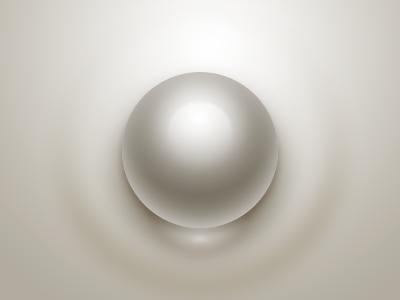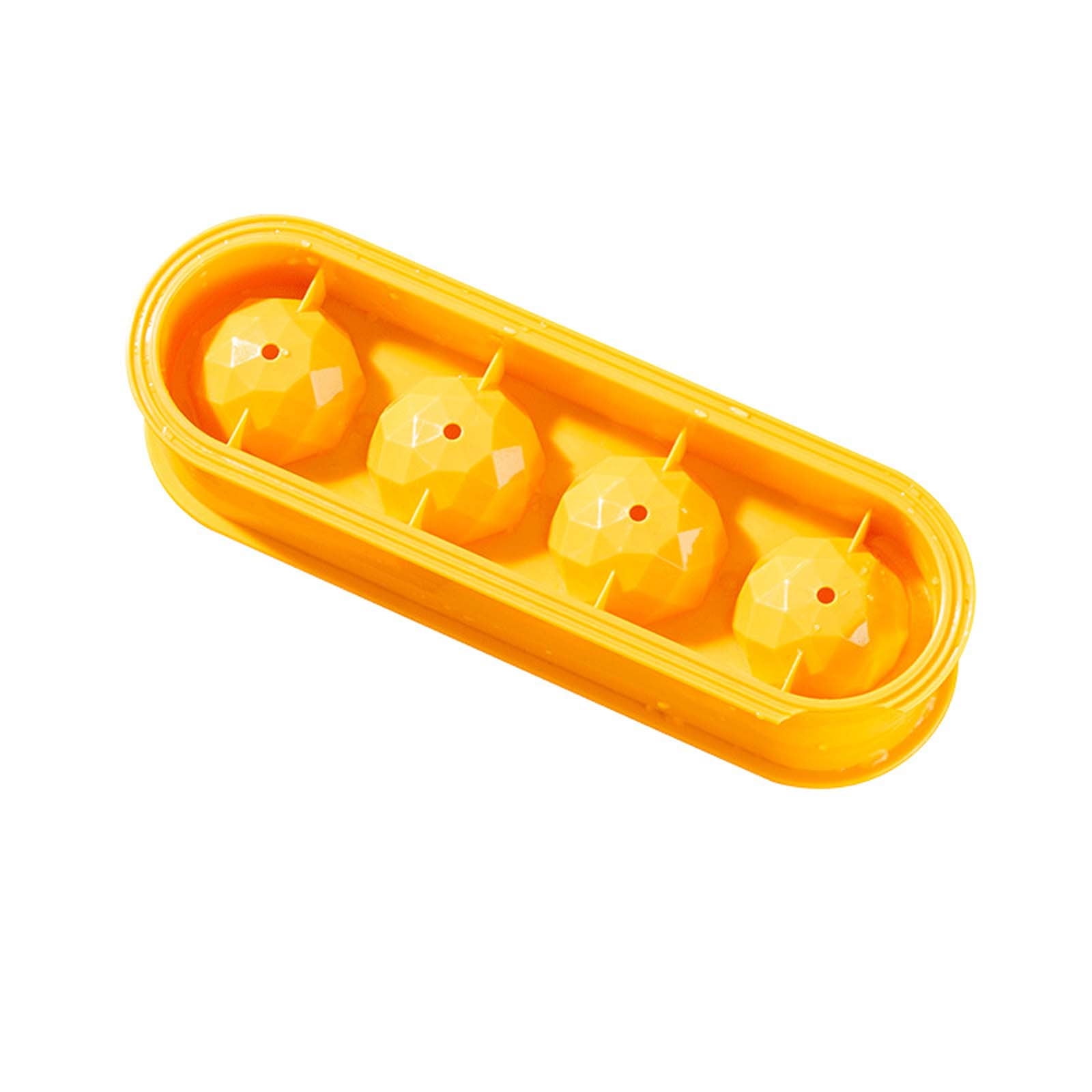

(you can use a mask) and some blur, in this case circular blur. If it is a glass bubble, leave it upwards.ĭ. If you want a crystal ball, invert the image. Resample it onto a square and apply filter Spherize, not one time but 3-4 times.Ĭ. Prototype Visualization: How can I learn to render glass convincingly?įor this specific case, the difference vs the other posts is that you have some textures. How can I make a shape look like it is made of glass? I need to spam you with some of my other answers on similar topics. That's merely not an area of Photoshop I've not felt the need to dive into yet. So, it would not surprise me at all if this could be done much faster and easier using Photoshop's built in 3D features. All layers are set at Normal and only their opacity is altered.Īll those additional layers could further be combined into a new smart object, leaving a single smart object layer to use as an overlay.įull disclosure: This technique comes from a time long ago before Photoshop had any 3D capabilities. Note that none of the layers in this file use any blend modes. This can help show results as things are edited merely by saving the SO contents:Ĭombine this with Filter > Distort > Spherize on another layer, and some additional layers for "sweetness", and you can get a pretty decent appearing shadow/highlight overlay. It can also be handy to convert all this to a Smart Object and then apply the Polar Coordinates filter to the Smart Object:

It takes a little experimentation but it's not that difficult to gage where things get "stretched" to. The top edge of the square will ultimately be the center of the orb.So keeping the sides as "tillable" or visually similar will assists in avoiding a seam at the top of the orb. The left and right sides will ultimately meet at the top.The further offset the hard edge at the bottom is, the further the orb will be offset from the edges of the canvas when it is created. A hard edge near the bottom helps to better define the final result. The bottom edge of the square will be the outer edge of the orb.Then merely run the Polarize filter on each layer: You can use multiple layers for highlights and shadows: So, after running the filter you end up with sort of an "orb": Pulling to top center into the middle of the canvas. Running Filter > Distort > Polar Coordinates > Rectangular to Polar essentially distorts the pixels by stretching them around a center point. Or, repeatedly run the filter with the same settings on multiple layers. I've painted everything on one layer here, but you can use multiple layers then merely create a Smart Object or merge the layers before running the filter. It takes a bit of experimentation before you get the hang of it. Paint areas of dark and light then the distort filter will create the "orb" or sphere. It's possible to use Photoshop by laying out tonal values on a square canvas, then using Filter > Distort > Polar Coordinates > Rectangular to Polar


 0 kommentar(er)
0 kommentar(er)
